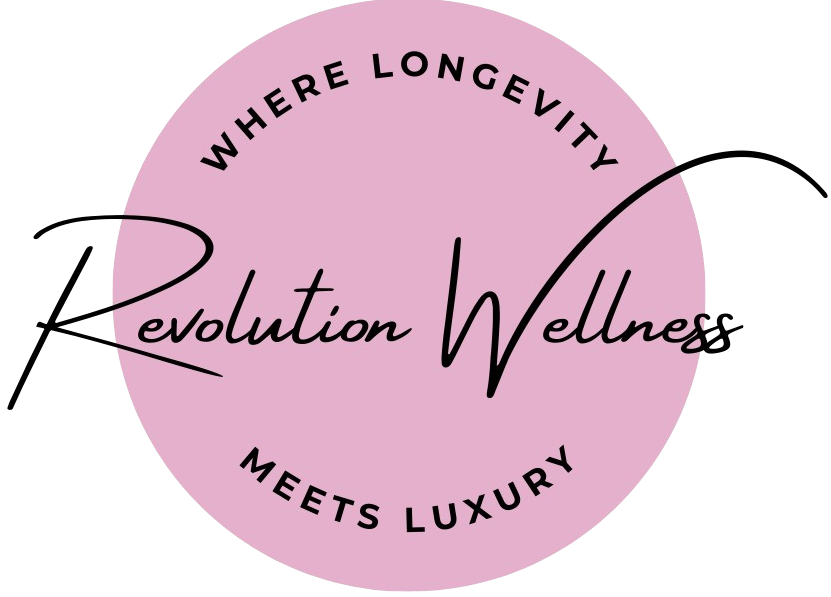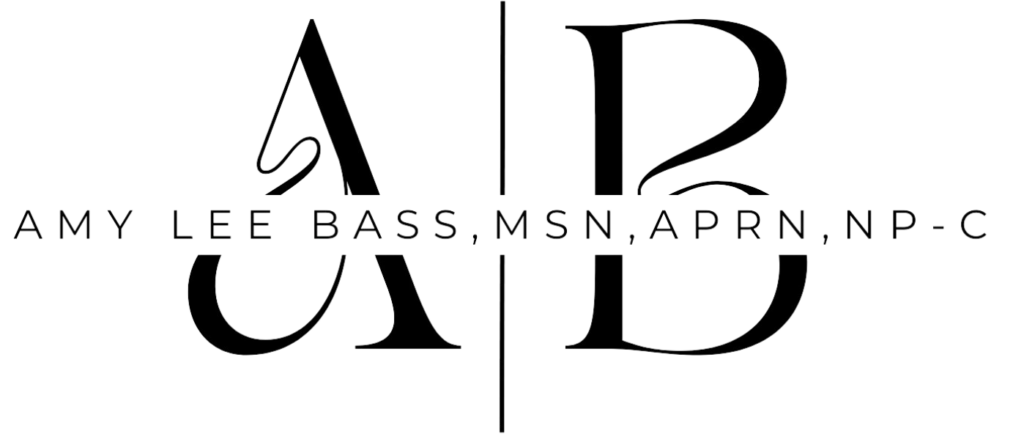Medical light therapy, also known as phototherapy or photobiomodulation, involves the use of specific wavelengths of light to treat various medical conditions and promote healing. Here are some potential benefits of medical light therapy:
Pain Relief: Light therapy has been shown to reduce pain and inflammation associated with a variety of acute and chronic conditions, including musculoskeletal injuries, arthritis, fibromyalgia, and neuropathic pain. It works by inhibiting pain signals, reducing inflammation, and promoting tissue repair.
Wound Healing: Light therapy can accelerate the healing of wounds, cuts, and ulcers by promoting the formation of new blood vessels (angiogenesis), stimulating collagen production, and enhancing cellular proliferation and migration. It is commonly used to treat diabetic ulcers, pressure sores, surgical wounds, and other types of non-healing wounds.
Skin Rejuvenation: Light therapy can improve the appearance of the skin by stimulating collagen synthesis, reducing wrinkles and fine lines, and promoting skin renewal. It is used to treat conditions such as acne, rosacea, psoriasis, eczema, and sun damage, resulting in smoother, clearer, and more youthful-looking skin.
Mood Enhancement: Light therapy has been shown to have mood-enhancing effects and may be beneficial for individuals with seasonal affective disorder (SAD), depression, and other mood disorders. Exposure to certain wavelengths of light, particularly blue light, can help regulate circadian rhythms, increase serotonin levels, and improve overall mood and well-being.
Treatment of Seasonal Affective Disorder (SAD): Light therapy is a standard treatment for seasonal affective disorder, a type of depression that occurs seasonally, typically during the fall and winter months when daylight hours are shorter. Daily exposure to bright light, often in the form of a light box, can help alleviate symptoms of SAD, including low mood, fatigue, and changes in appetite and sleep patterns.
Enhanced Athletic Performance and Recovery: Light therapy may improve athletic performance and accelerate recovery from exercise-induced muscle fatigue and injury. It has been shown to increase muscle strength, endurance, and recovery time, allowing athletes to train more effectively and reduce the risk of overuse injuries.
Treatment of Hair Loss (Androgenetic Alopecia): Light therapy, particularly low-level laser therapy (LLLT), has been investigated as a treatment for androgenetic alopecia, or pattern hair loss. LLLT can stimulate hair follicles, increase blood flow to the scalp, and prolong the growth phase of the hair cycle, leading to thicker, healthier hair growth.
Neurological Conditions: Light therapy shows promise for the treatment of neurological conditions such as traumatic brain injury, stroke, Parkinson’s disease, and Alzheimer’s disease. It may help improve cognitive function, reduce neuroinflammation, and promote neuroplasticity, although further research is needed to fully understand its therapeutic potential in these conditions.
Overall, medical light therapy offers a non-invasive, drug-free approach to treating a wide range of medical conditions and promoting overall health and well-being. It is generally safe and well-tolerated, with few side effects when used appropriately under the guidance of a healthcare provider.
If you’d like to learn about the benefits of Using Photobiomodulation Therapy alongside Low-Pressure Hyperbaric Oxygen Therapy “Click Here”

